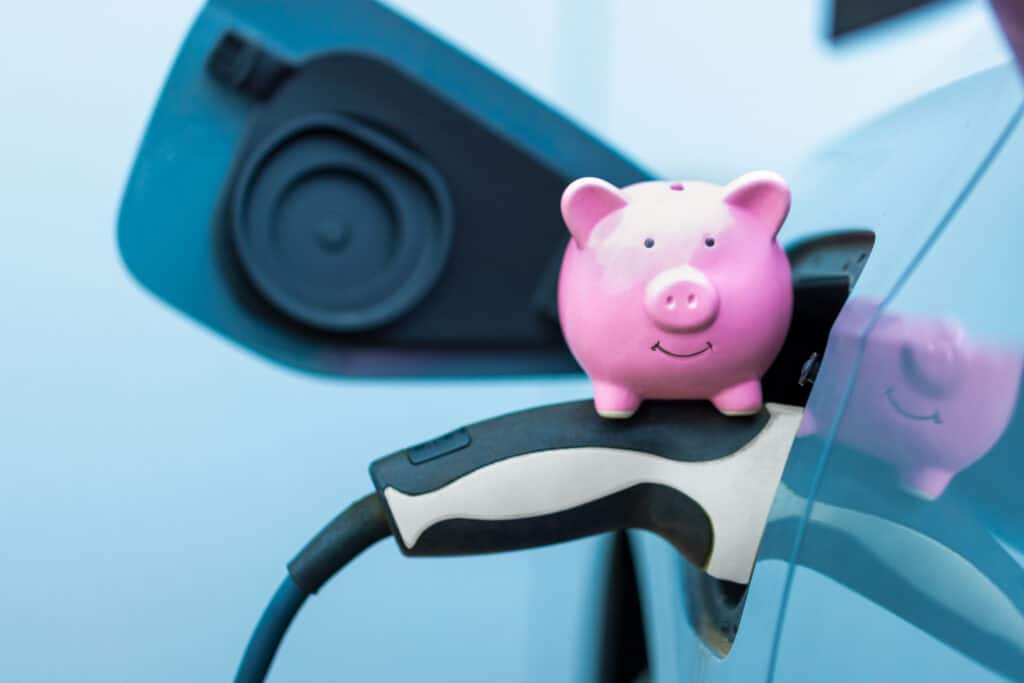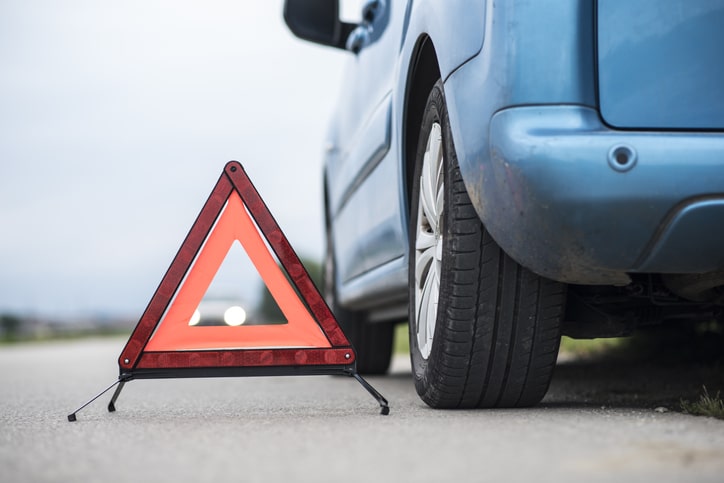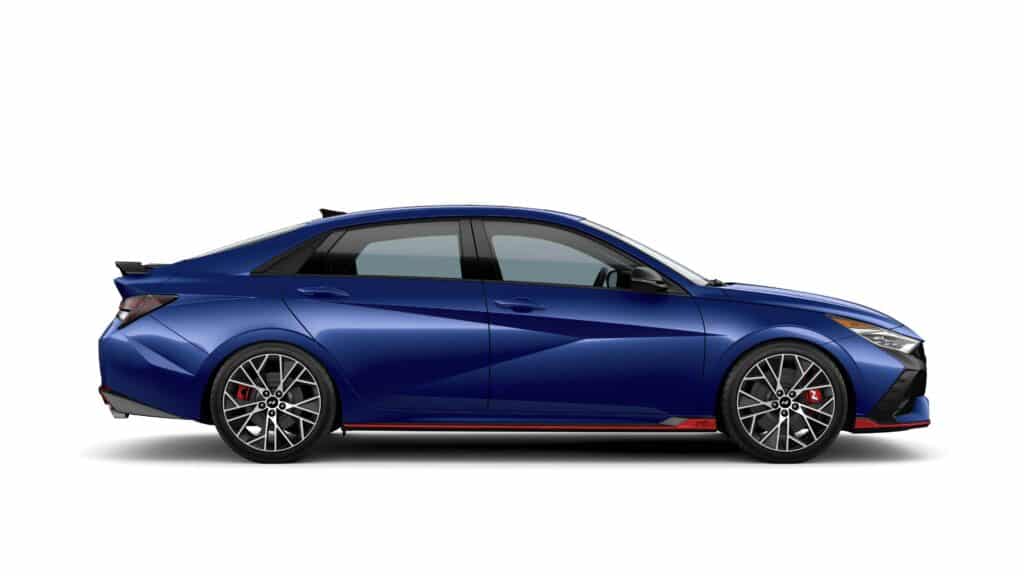2025 Oregon EV Rebate Update
Oregon EV Rebates Return May 22 – Save up to $7,500 on Your Next Electric Car
Great news for Portland-area car shoppers — Oregon’s Clean Vehicle Rebate Program is back! Starting May 22, 2025, Oregon residents can once again receive up to $7,500 in rebates when purchasing or leasing qualifying electric vehicles (EVs) and plug-in hybrids.
If you’ve been thinking about going electric, this is your chance to save big. The program offers two rebate paths — one for all buyers, and one with even higher savings for income-qualified households. Below, we’ll explain how it works, who’s eligible, and how Dick Hannah Dealerships can help you get started.
What Is the Oregon EV Rebate Program?
Run by the Oregon Department of Environmental Quality (DEQ), this program gives Oregon residents money back when they buy or lease a qualifying EV or plug-in hybrid from any qualified dealer in both Oregon and Washington. It paused in 2023 due to high demand but returns this year with new funding and broader support for income-qualified buyers.
Two Ways to Save: Standard & Charge Ahead Rebates
1. Standard Rebate
- Who it’s for: All Oregon residents, businesses, and…









































